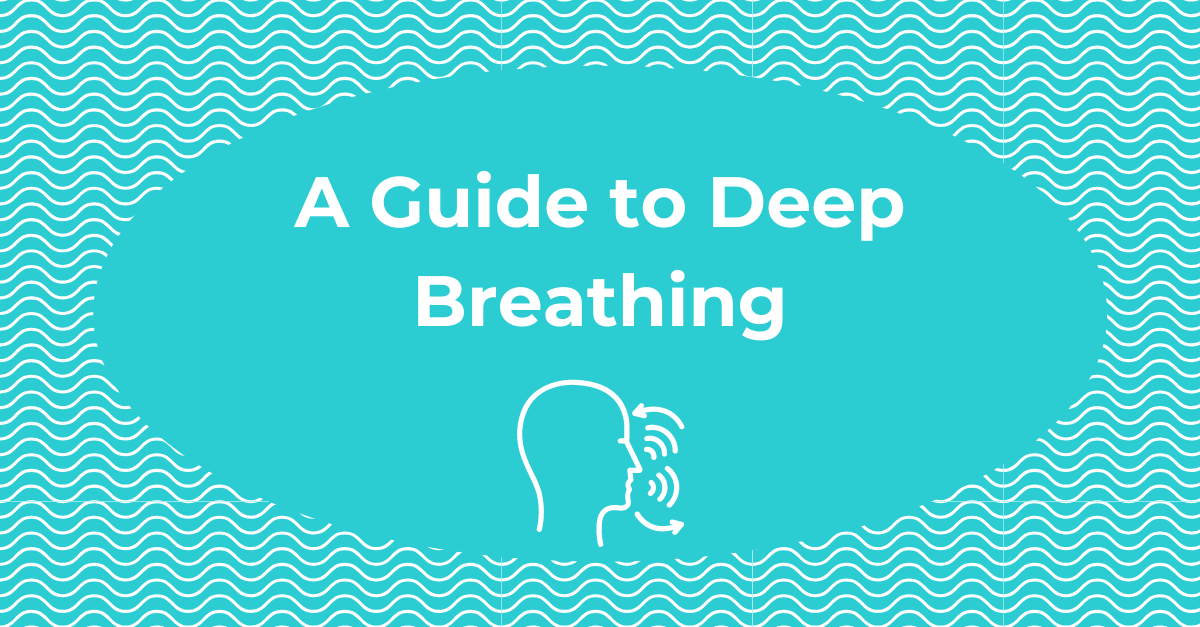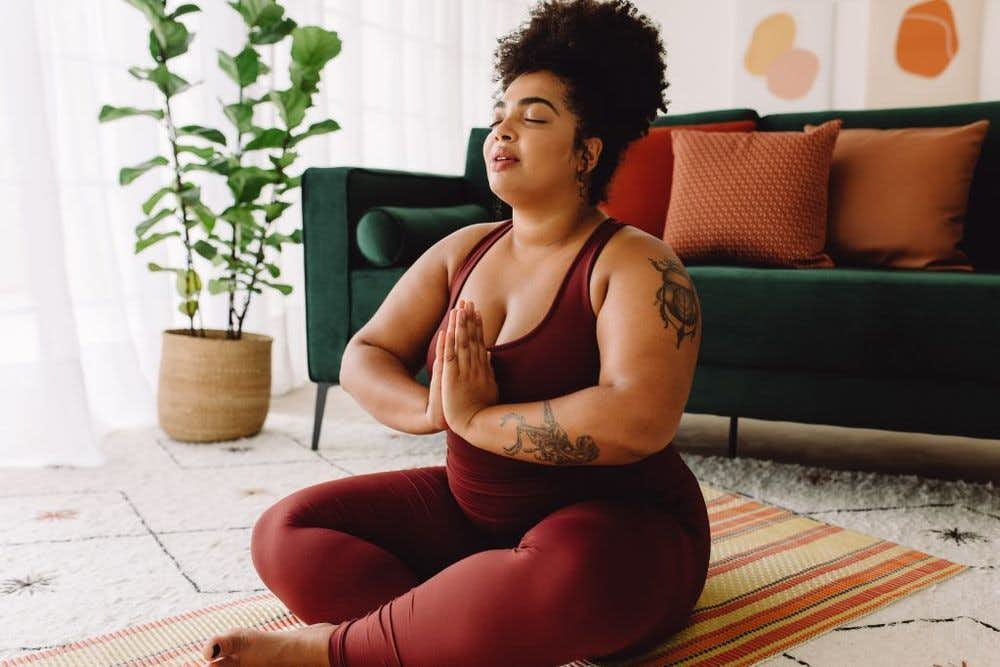December 15th, 2021

Have you ever noticed your heart rate increase when you get nervous or anxious? You may start breathing rapidly, feel dizzy, nauseous, or even faint. It may feel like you losing control of yourself.
There is a misconception that the minute your anxiety or nerves kick in you cannot control it, or slow it down. If this is how you feel, then keep on reading.

Deep breathing is one of the easiest ways to help reduce stress and anxiety. When anxiety sets in, our minds wander at an extremely fast pace and we can lose focus. However, if you bring mindful breathing into the mix it helps to slow your heart rate and individual breaths, which then allows you to re-center yourself and your thoughts.
Humans have a superpower that many of us do not know about. It’s called the Vagus Nerve; this is what we like to call the body’s highway. The Vagus Nerve connects our body to our brain.
When you take a deep breath in, the sensory input travels up the Vagus Nerve to the brain which sends a message to activate the part of your brain that calms you down.

Get in a comfortable position whether it is laying down or sitting in a chair. If you decide to sit make sure your feet are planted flat on the floor and your hands are either relaxing by your side or on your lap. Check-in with your body before you start to help to feel a before and after. Ask yourself how you feel in your body at this moment.
Start by breathing slowly in through your nose and do this for 10 seconds, then exhale through your mouth for another 10 seconds. As you breathe focus on your heart rate. This will be done three times.
You may also try doing this for 5 seconds if 10 seconds is too much. Once you are done with these sets check in with your body again and ask yourself how you feel.
It is normal to feel a bit tired after doing these exercises.
Start by sitting comfortably with your back straight. Place the tip of your tongue behind your front teeth through this exercise.
Begin by exhaling and making a whoosh sound. Then quietly inhale through your nose for 4 seconds and then hold your breath for 7 seconds.
Once you finish the 7 seconds, exhale for 8 more seconds making another whoosh sound.
This breathing technique is all about focusing on the present and not allowing your mind to wander.
Pick a focal point. This can be a phrase you say, noise, word, object, etc.
Once you have your focus point, let go and breathe. If you notice your mind wander bring it back to the thing you chose to focus on.

The best way to start a day and end one is by doing a deep breathing exercise. It starts you on a balanced and relaxed note, allowing you to handle all the stressors that surround us. You can use these tools at work, school, or whatever capacity you are in.
If you’re in a chaotic environment, excuse yourself and go into a quiet space. This can be a hallway, bathroom, or outside. These can also be done at your desk when there are no other people around.
The good part about these deep breathing techniques is that they are not so obvious and people won’t always notice. Even if they do, do not be embarrassed or ashamed. Everyone needs a break once in a while to re-center themselves. You just happen to have the tools to do so anywhere.
These exercises are great to do every day whether you are stressed or not. Practice whenever you get the chance, that way when you do get overwhelmed you are already prepared. And more importantly, be patient with yourself.
Written By: Alexandra Shuman, LSW
At Clarity Clinic, we have highly trained staff who specialize in therapy and psychiatry services. To learn more about how we can support your mental health, call Clarity Clinic at (312) 815-9660 or schedule an appointment today.
Our Services
Virtual/Online CarePHP and IOPAdult PsychiatryChild & Adolescent PsychiatryAdult TherapyChild & Adolescent TherapyCouples CounselingFamily TherapyGroup TherapyPsychological TestingTranscranial Magnetic Stimulation (TMS)